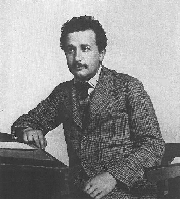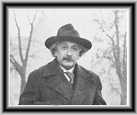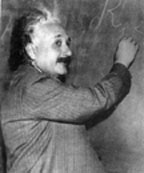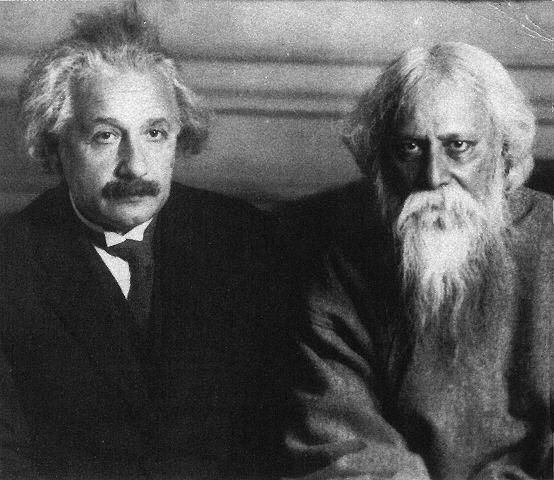|
| some other 3-dimensional quantities require extension
to 4-dimensional tensors:
|
|
| angular momentum, electric and magnetic fields, energy density, stress and strain
| |
| differential forms (often called covariant vectors) and metric tensors form very
useful foundations for further study;
|
| | the Grassmann algebra of 1-forms leads to 4-dimensional extensions
of cross products, curls, and potentials, and has
applications to magnetic monopoles
| |
| area, volume, and hypervolume, each as differential forms, which are used under
integral signs are also very important
| |
| rotations and Lorentz boosts between reference frames:
the full structure of
the Lorentz and Poincaré (Lie) groups, and their
Lie algebras, and their representations,
| | |
with application to the Thomas precession of dipole moments
| |
| motions of observers moving under constant acceleration, as measured by
themselves
| |
| 2-dimensional spinors, applications to the Dirac equation
and other things
| | | |
![]()




 Click here to mail your
Click here to mail your 